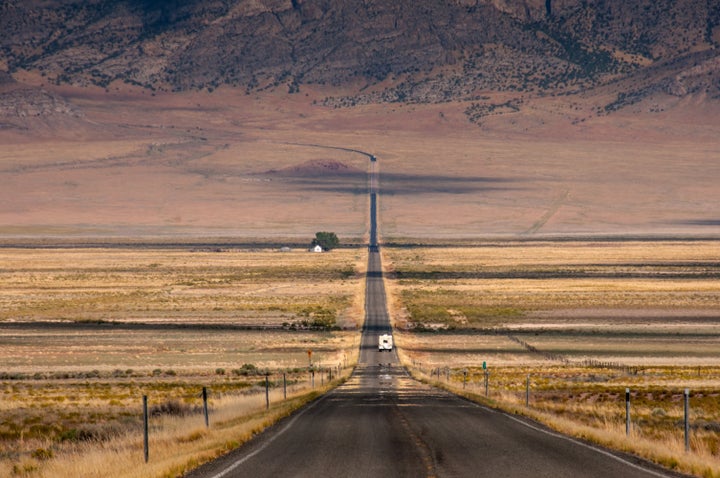
America has a suicide problem ― and it’s getting worse.
A new report published by the U.S. Centers for Disease Control and Prevention has found that suicide rates are on the rise, particularly in certain parts of the country. People who live in rural locations are more likely to die by suicide than those who reside in bigger metropolitan areas, according to the CDC.
The study examined mortality data provided by the National Vital Statistics System from 2001 to 2015, the most recent years of available data. The information included demographics, geographic location and method of death from all death certificates filed in the U.S. over that time period.
Researchers found that deaths by suicide in rural counties were approximately 17 for every 100,000 people. The rates for smaller to medium-sized metropolitan counties were almost 15 for every 100,000 people. Bigger urban counties had suicide death rates of almost 12 for every 100,000 people.
“While we’ve seen many causes of death come down in recent years, suicide rates have increased more than 20 percent from 2001 to 2015. And this is especially concerning in rural areas,” Brenda Fitzgerald, director of the CDC, said in a statement. “We need proven prevention efforts to help stop these deaths and the terrible pain and loss they cause.”
Data from the report showed that there were more than half a million suicides during the study period. Suicide is the 10th leading cause of death in the U.S.
The report also examined demographics. Suicide rates for males were approximately 4 to 5 times higher than for females. White non-Hispanics had the highest rate of suicides in metropolitan counties, while American Indian/Alaska Native non-Hispanics had the highest rate in rural counties.
There are a few caveats to the study, the main one being that suicides often go undercounted on death certificates ― particularly among females and people of color. The authors note that the suicide rates for these populations could actually be worse than what the official data suggests.
That said, the report dovetails overall with previous research that identified suicide as a growing public health issue. A study published last year showed that suicide rates had increased 24 percent over a recent 15-year period.
What’s causing suicide rates to rise
It isn’t clear why suicides are particularly on the rise in rural communities, but the study’s authors hypothesize that financial burdens could play a role. The economic recession of the past decade made foreclosure, poverty and unemployment a fact of life for many previously financially stable Americans. This likely had an effect on suicide rates, “with rural areas usually having greater prevalence of these negative factors,” the authors note.
The findings also highlight the need for expanded access to mental health care. Unaddressed or undiagnosed mental health issues are frequently a factor in suicides. But access to treatment in many rural areas is grievously lacking.
A 2016 report from Mental Health America found that states with many widespread rural areas, like Nevada and Alabama, rank poorly when it comes to availability of treatment. Alabama, for example, only has one mental health worker for every 1,200 people on average. New York, by comparison, has one mental health professional for every 420 people.
Experts say expanding credible telemedicine options for patients and increasing state or federal funding for mental health resources would pay off when it comes to fixing the lack of access for rural areas.
The CDC researchers likewise stress that greater investment in mental health resources is needed for rural populations.
“The trends in suicide rates by sex, race, ethnicity, age and mechanism that we see in the general population are magnified in rural areas,” James Mercy, director of the CDC’s Division of Violence Prevention, said in a statement. “This report underscores the need for suicide prevention strategies that are tailored specifically for these communities.”
If you or someone you know needs help, call 1-800-273-8255 for the National Suicide Prevention Lifeline. You can also text HELLO to 741-741 for free, 24-hour support from the Crisis Text Line. Outside of the U.S., please visit the International Association for Suicide Prevention for a database of resources.
